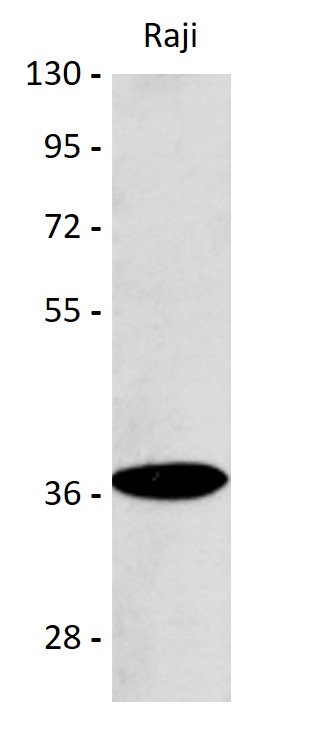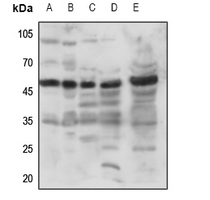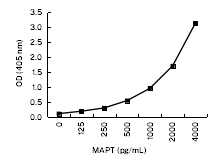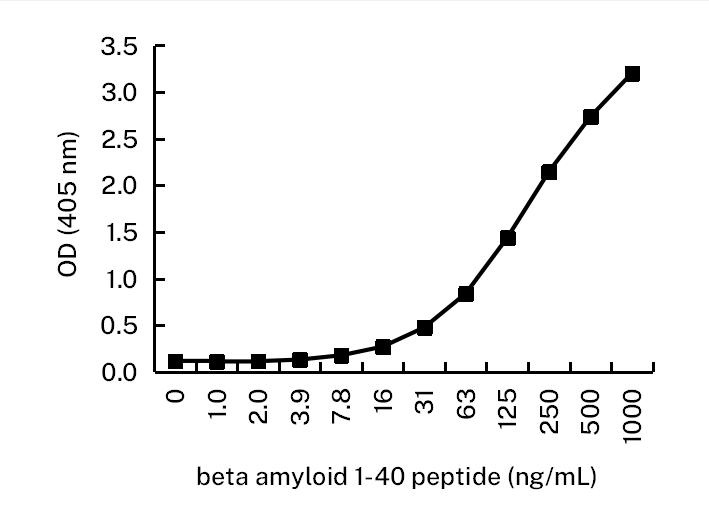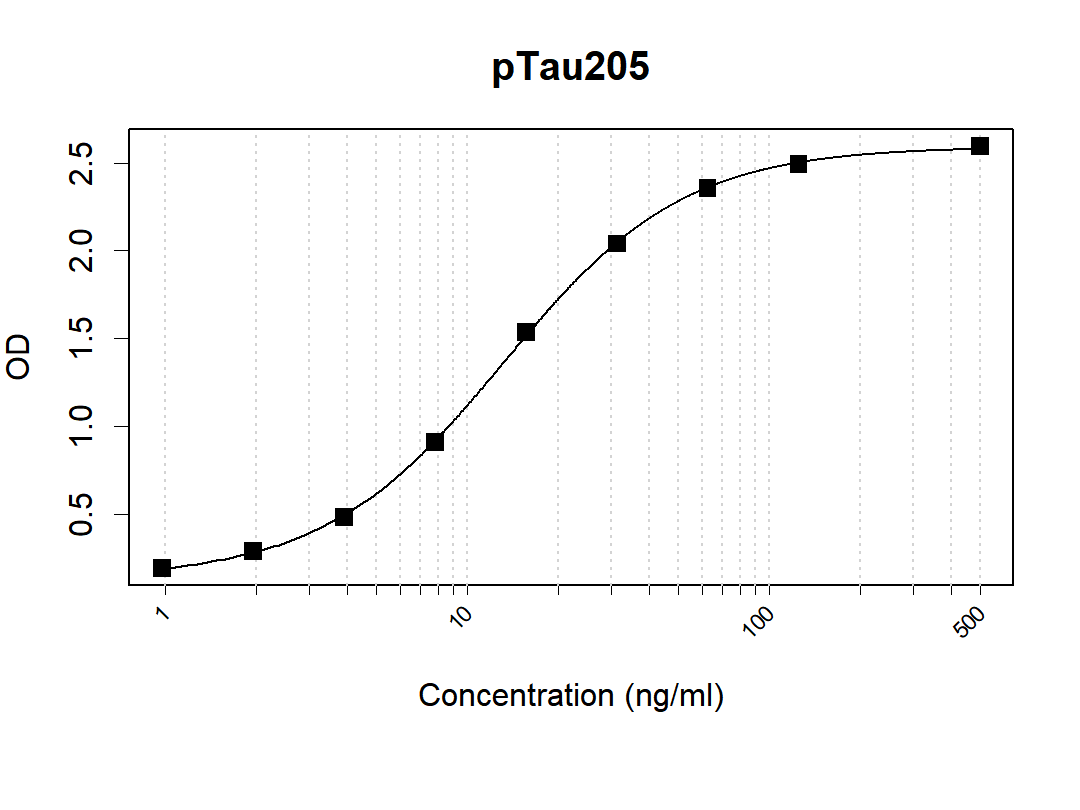anti-ACMSD antibody
CAT.NO. : ARG66310
US$ Please choose
US$ Please choose
Size:
Trail, Bulk size or Custom requests Please contact us
*产品价格可能会有所调整,请以品牌方官网实时更新的价格为准,以确保准确性。
概述
| 产品描述 | Rabbit Polyclonal antibody recognizes ACMSD |
|---|---|
| 反应物种 | Hu |
| 应用 | WB |
| 宿主 | Rabbit |
| 克隆 | Polyclonal |
| 同位型 | IgG |
| 靶点名称 | ACMSD |
| 抗原物种 | Human |
| 抗原 | Fusion protein of Human ACMSD. |
| 偶联标记 | Un-conjugated |
| 別名 | EC 4.1.1.45; Picolinate carboxylase; 2-amino-3-carboxymuconate-6-semialdehyde decarboxylase |
应用说明
| 应用建议 |
| ||||
|---|---|---|---|---|---|
| 应用说明 | * The dilutions indicate recommended starting dilutions and the optimal dilutions or concentrations should be determined by the scientist. | ||||
| 阳性对照 | WB: Raji cells. |
属性
| 形式 | Liquid |
|---|---|
| 纯化 | Affinity purification with immunogen. |
| 缓冲液 | PBS (pH 7.4), 0.05% Sodium azide and 40% Glycerol. |
| 抗菌剂 | 0.05% Sodium azide |
| 稳定剂 | 40% Glycerol |
| 浓度 | 0.8 mg/ml |
| 存放说明 | For continuous use, store undiluted antibody at 2-8°C for up to a week. For long-term storage, aliquot and store at -20°C. Storage in frost free freezers is not recommended. Avoid repeated freeze/thaw cycles. Suggest spin the vial prior to opening. The antibody solution should be gently mixed before use. |
| 注意事项 | For laboratory research only, not for drug, diagnostic or other use. |
生物信息
| 数据库连接 | Swiss-port # Q8TDX5 Human 2-amino-3-carboxymuconate-6-semialdehyde decarboxylase |
|---|---|
| 基因名称 | ACMSD |
| 全名 | aminocarboxymuconate semialdehyde decarboxylase |
| 背景介绍 | The neuronal excitotoxin quinolinate is an intermediate in the de novo synthesis pathway of NAD from tryptophan, and has been implicated in the pathogenesis of several neurodegenerative disorders. Quinolinate is derived from alpha-amino-beta-carboxy-muconate-epsilon-semialdehyde (ACMS). ACMSD (ACMS decarboxylase; EC 4.1.1.45) can divert ACMS to a benign catabolite and thus prevent the accumulation of quinolinate from ACMS.[supplied by OMIM, Oct 2004] |
| 生物功能 | Converts alpha-amino-beta-carboxymuconate-epsilon-semialdehyde (ACMS) to alpha-aminomuconate semialdehyde (AMS). ACMS can be converted non-enzymatically to quinolate (QA), a key precursor of NAD, and a potent endogenous excitotoxin of neuronal cells which is implicated in the pathogenesis of various neurodegenerative disorders. In the presence of ACMSD, ACMS is converted to AMS, a benign catabolite. ACMSD ultimately controls the metabolic fate of tryptophan catabolism along the kynurenine pathway. [UniProt] |
| 预测分子量 | 38 kDa |
 New Products
New Products





